
Anatomy of a North American GT40
By Dean Larson
By now, you’re well studied in Cobra replicas. You know what details to look for in determining a Cobra’s lineage and value. But what about GT40s? This mid-engine beast is quite a bit more complicated than a Cobra and much more rare in the wild also. So when confronted with a GT of unknown origins, where should your search start? We won't claim to know every detail on the subject, but a quick scan of a GT’s construction (using this GT40 on BringaTrailer for example) can clear the air, and likely impress your enthusiast friends also.
The car we’re looking at here on BringaTrailer.com is an interesting model and a good introductory lesson. The seller claims the car was built by Shelby American, but studied readers will notice a few red flags on the car’s exterior right away. For one, the large-diameter, Halibrand-style wheels are not true knock-offs. This isn’t necessarily a dead give-away, but it would certainly be uncharacteristic of Shelby continuations. The yellow paint and roundels bearing the number eight salute an original car, chassis number 1079 a privateer car that raced extensively, including at Le Mans. But the lower stripe and “GT40” decal wouldn’t be correct for that car, and the font looks a bit off.
Getting under the skin, there are a few other details that aren’t consistent with Shelby vehicles. The MOMO shift knob, racing seats and white-faced gauges look functional, but not Shelby-authentic. In their places, you'd expect to find normal black-faced gauges and simple, ventilated seats with stainless steel grommets. Carbon fiber also adorns much of interior, rarely seen in any GT40 replica, but surely a feast for the eyes.
The interior isn’t the only place where lightweight carbon fiber was used however. It appears as though the rear clamshell, and presumably the front, were laid-up in carbon, significantly adding to the car’s credibility, but further distancing it from Shelby. The seller claims that the whole car was done in carbon fiber, including body panels and the tub. It’s important to note, however, that Shelby has built carbon-bodied cars, but there’re definitely few and far between.
Since we've drilled down to the nit-picky details, it's worthwhile to address a few items in the engine bay. Original GT40s were armed with Ford's small-block Windsor and big-block FE engine, the 289/302 ci and 427 ci respectively. This GT is powered by a 351 Windsor engine punched out to 427 ci. While not explicitly accurate, this is a common practice in the replica market. You might, however, notice that the "bundle of snakes" exhaust system looks a but different. More authentic systems cross over, as in some of the exhaust tubes that start on the left header enter into the right collector, and vise versa. Most high-dollar Shelby builds also use an intake with individual throttle bodies, while this Windsor engine breathes through a single four-barrel carburetor. While you're under the rear hatch, it's important to look for the all-telling VIN tag, which is perhaps the most telling detail on this GT.
Shelby VIN tag blanks are available for purchase, and often builders use these tags and stamp in their respective chassis number. While neither of the Shelby-branded tags on the car show a VIN, the seller kindly provided the chassis number. Its first three digits read KS1, instead of the requisite Shelby CSX.
With the knowledge of the car’s carbon fiber body alone, it wouldn’t be difficult to hunt down its origins online. This GT40 was actually built by North American GT40, a firm that closed its doors in the early 2000s after building a small number of these carbon GTs. The car was designed by Andrew Broadley, son of the original GT's designer Eric Broadley. It's rumored that the cars were truly constructed from all carbon fiber, which proved to be prohibitively expensive, and only a handful of North American GTs were ever built.
Its value will never quite match that of a Shelby-branded GT, but that should be easy enough to forget about. Especially while you’re out grabbing gears in a unique, 2,000-pound all-carbon GT40.
Check out the auction here on BringaTrailer.com.




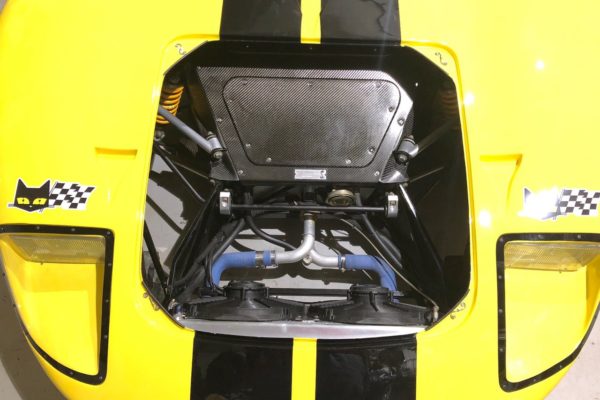
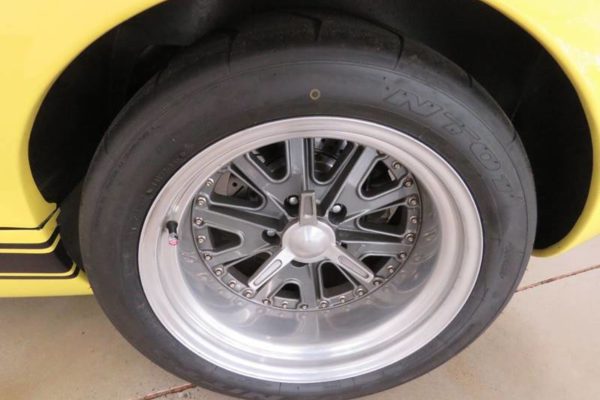
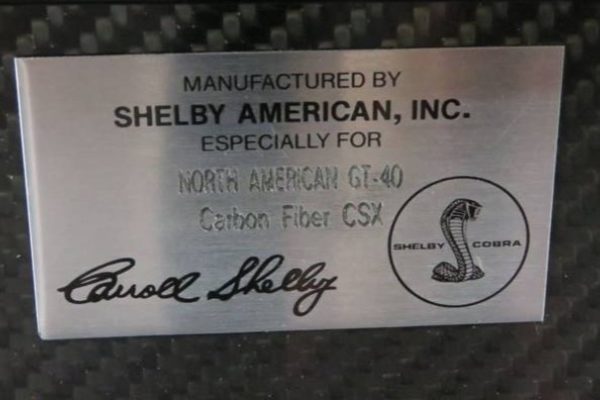
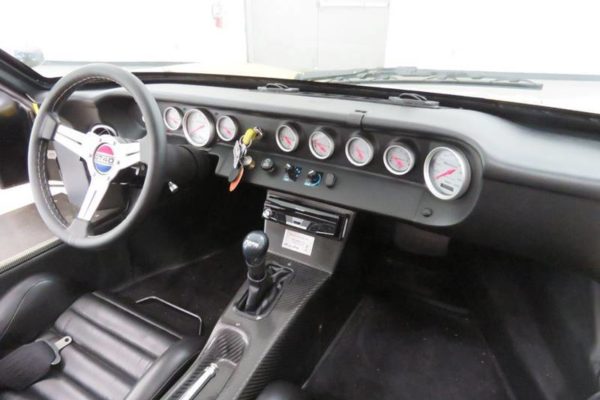
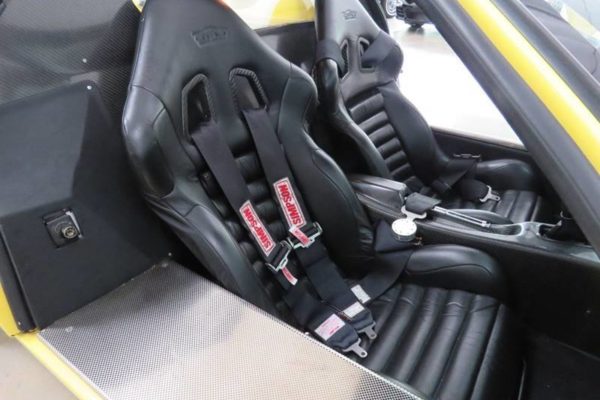

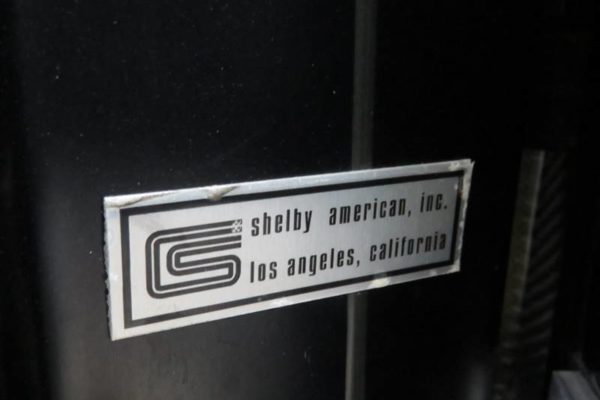
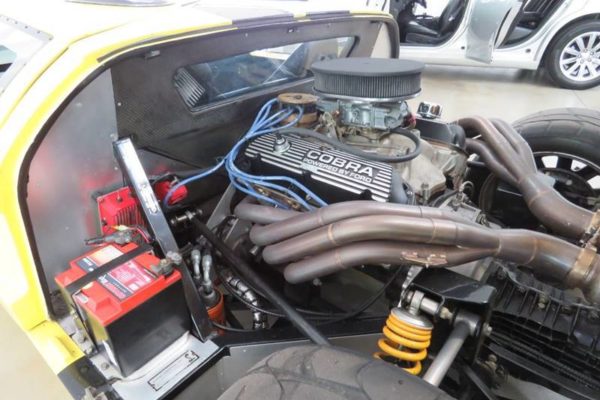










Comments for: Anatomy of a North American GT40
comments powered by Disqus